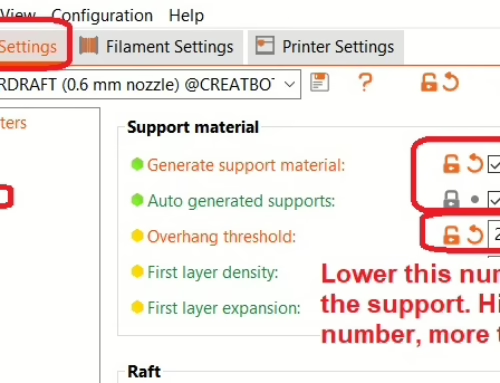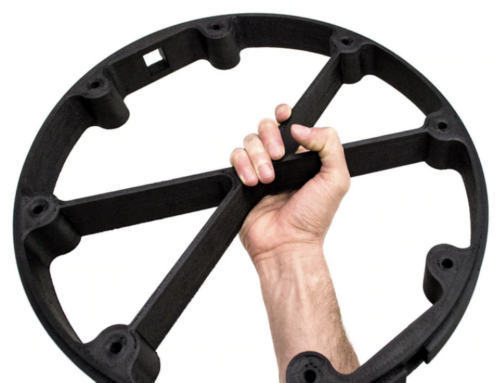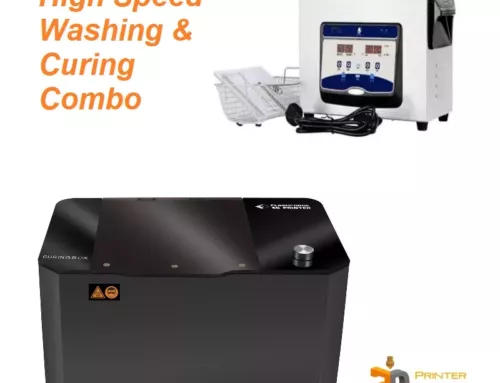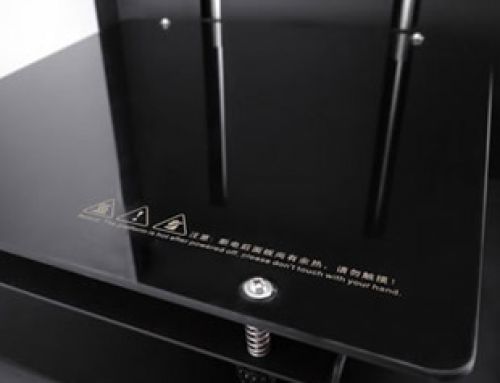What should you 3d print on? Should you use glue? Why not just print on glass directly? Do you need a hair spray?
Now you might not believe it, but the real answer is that all of them are really useful, they have their merits & we use all of them!
So lets go through all of them & discuss when to use each one, or rather which one may be the best choice.
Short answers first:
Overall, PEI has a slight edge as a good overall build surface. And it is best paired with glue to expand its adhesion properties.
If your bed is going to go past 110C, then buy our easy to use PEI sheets which have 3M MP468 glue preapplied on 1 side, so just peel & stick.
And buy our general purpose glue stick. Done.
Here are the items to buy:
PEI Sheet 300×300.
Glue Stick
If you dont print much advanced material & your bed rarely goes past 100C, then buy our Garolite MP468 sticker sheet. Again, its capabilities are expanded with a glue stick.
Here are the items to buy:
Garolite G10 self adhesive Sheet
Glue Stick
PEI Sheets
PEI offers strong natural adhesion to most materials without the need for glue sticks or hair sprays to be applied.
But you will still need Glue on your PEI sheet if you print Nylon, Polypropyle, PPSF, PEEK etc.
Printing PEI filament (trademark names Ultem 9085, Ultem 1010 etc) on a PEI sheet is very easy, infact it can stick extremely well because you’re printing PEI on PEI.
This makes it an advantage as well as a disadvantage.
Printing a lot of PEI, that sheet wears off quickly.
So then what should you do? You can print on glass with a glue stick.
PEI sheets come in 2 variations, textured & smooth.
There is a belief that textured PEI offers better adhesion, I personally dont think so. I’ve also had customers move to smooth PEI & get better results.
But I dont believe textured PEI is bad. I just dont think it is better than smooth thats all.
There is such a strong belief that many companies offer textured PEI as their superior surface, which can actually be annoying if you want a smooth base on a part.
Ok, so whats the downside to PEI?
PEI is a thinner sheet in most cases which can get punctured into by your nozzle or your scraper if you are not careful.
It is not as rigid as Garolite G10 or glass.
PEI leaves a really smooth matted finish on the base, not a Gloss finish.
If you want a gloss finish on the base of your 3d prints, use glass.
Downside of glass is it has no natural adhesion to most materials.
With PLA, it is usually ok but you’ll have to keep it very clean between prints.
Usually, with a glass bed, you’ll need to put glue on it.
Or you can use hairspray.
When would you use hairspray & when should you use glue?
Hairspray works well for PLA & ABS.
It doesnt work well for Nylon or anything else.
Glue stick works well for most materials including Nylon.
What about Garolite G10, why use that?
Garolite has good adhesion to many materials, including Nylon. Good, but not great.
PEI offers better natural adhesion to most materials, but Garolite does really well with Nylon!
So now you know why we have both..
Garolite is also quite robust. It is a fiber based product so when its scratched it doesnt tear as easily.
However, its got glass fiber in it, so its not good to cut & sand it without proper safety precations.
So should you scratch it, it is actually quite good to be able to repair & continue using,.
But please dont start sanding a Garolite sheet without wearing safety glasses, a mask, & gloves.
Glass Fibers are nasty things to have in your lungs or skin.
This is not a risk unless you go past the outer epoxy surface of the sheet.
This is a very safe product, it is not asbestos, nothing will happen to you when using it normally.
So the Downsides of Garolite:
The most important one is that G10 only handles 120C of temp.
So if you want to 3d print PEI or anything that needs a bed at 160C, the sheet will get soft.
And then those safety concerns should you scratch & damage it.
Glass beds
Glass beds are not limited by temp, so you can print anything on them. They can also be used in a removable way.
They don’t expand as much when heated up (they warp very slightly, but it is a fixed amount so we can manage it with the 3d printers auto levelling system).
They offer natural adhesion to PLA when clean, but not as high a level of adhesion.
Glue or hairspray is needed on glass even for PLA.
For ABS, PETg etc, glue or hairspray is definitely needed.
The Major downside to Glass
Many materials can cause the glass to be damaged when the print cools down.
Chunks can get pulled out, even from ceramic glass beds.
It is very risk to print any Crystalline materials on glass.
Crystalline materials dont change shape, when they cool down, they take crumbs of glass with them rather than adapt to the glass.
This happens usually after the glass has small scratches on it, inside which the polymer seeps & then glues itself.
When cooling, it now pulls all these chunks out.
The problem will not happen on a brand new bed but will happen quickly once basic wear & tear occurs.
Avoid printing PETg, PPSU, PEI, PEEK etc directly on glass beds.
Petg is the worst as it is not a high heat material & reacts particularly badly.
So normally, we use a removable glass bed & stick a PEI sheet or a Garolite sheet on 1 side, for printing such materials.
But we leave the other side available for times when we do want to use glass.
Magnetic removable beds
Magnetic beds are awesome. We just dont use them much because we print a lot of high temp materials where the platform is at 120C minimum, usually higher.
Such long periods of heat demagnetize the surface. It can cause the beds to lift unevenly.
Carbon Fiber Reinforced Spring Steel Sheet
These are awesome sheets, they are the most durable. Great if you print a lot of PEI, PSU or PEEK to offer you a surface that wont get destroyed easily.
But they have almost no natural adhesion to anything. So glue must be used.
They also need to be secured with external clips to your bed.
When beds get hot (in our case 120C+) the plate expands & bows in the middle.
So we have stick it with 3M Mp468 Glue pieces in the middle.
However, if you do that, then it is no longer easily removable as a magnetic sheet.
We often stick a PEI sheet or a Garolite sheet on each side of the plates & then use them as needed from print to print.
This works out really well.
Glue
Glue works well with all materials when applied on all surfaces.
Our glues are water washable. Just wipe the bed off with a damp cloth. Its that easy.
You will need glue if printing Nylon or Polyprop on a any surface, even PEI sheet.
You may not need Glue on a Garolite sheet for certain grades of Nylon, but usually you will be best to apply it rather than risk your prints detaching.
You will need glue for materials like ABS on a glass bed as well. Sometimes glass works out ok without glue, but you’re just asking for trouble.
We sell a few specialist glues too, but start with the general cheap one, it is actually quite capable despite its low price.
The down side is that you have to apply it with good gentle pressure without applying too much of it.
Too much glue becomes a problem & causes a hindrance to the layers & the bottom surface can look bad.
Glue needs to be reapplied, without allowing buildup.
So there is some amount of wiping & applying needed, but it is not a lot.
Hairspray
Hairspray is really easy to spray evenly on a larger bed, for larger parts or batches.
So in that regard it is easier than having to rub a glue stick evenly all throughout & not miss areas.
Hairspray doesnt leave uneven patches so the auto levelling isnt affected.
Some brands of Hair sprays work really well for PLA & ABS. They dont work well for petg.
Hairspray is usually water soluble, though the formulations are designed to resist water initially, but they will dissolve.
So a damp cloth takes care of that too.
Hair sprays do not work for Nylon or other materials. So that can be quite limiting.
Hope this has answered your questions on when & how to use the build surfaces & glues we offer.
Happy 3D Printing.





